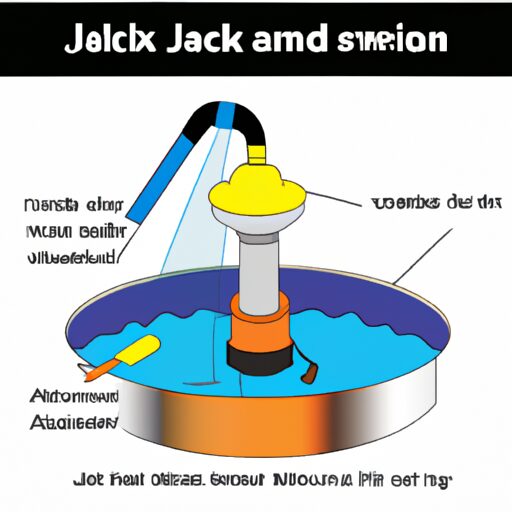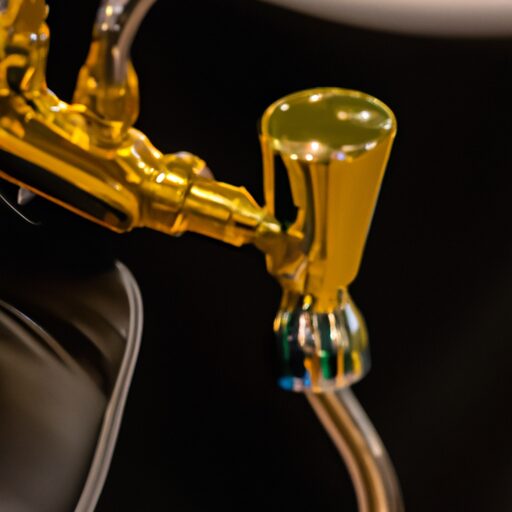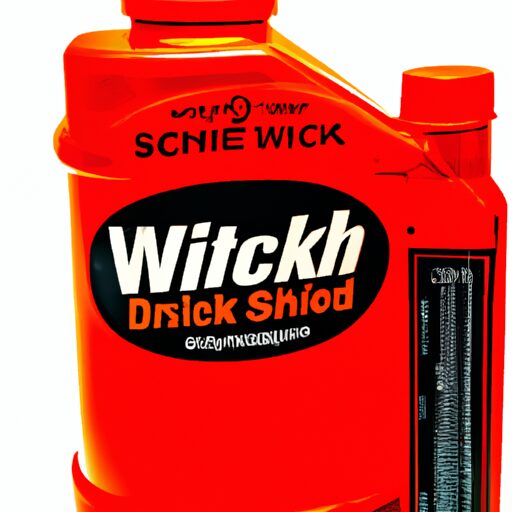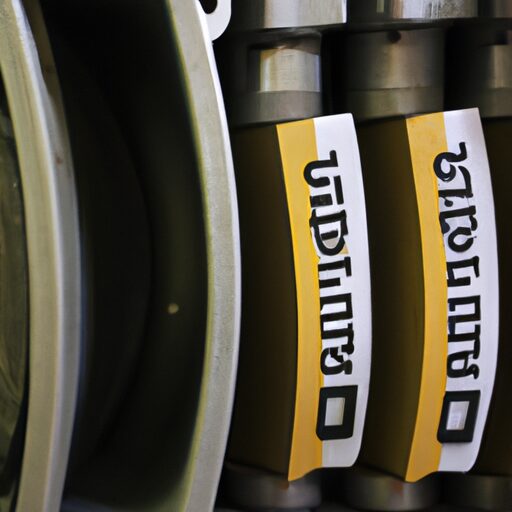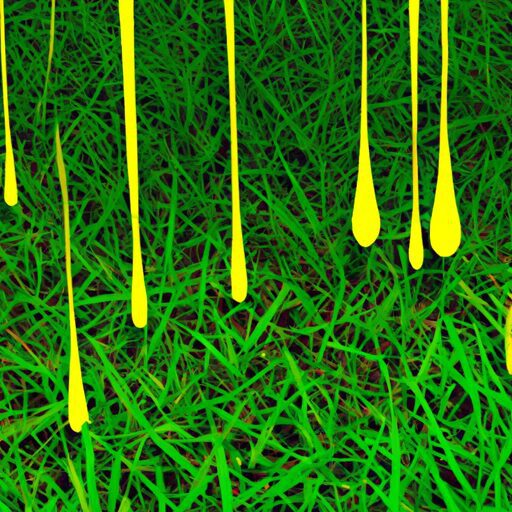Dying Robot Hydraulic Fluid
In the world of robotics, hydraulic fluid serves as the lifeblood, providing a critical function that allows for smooth and precise movement. Like a well-oiled machine, robots rely on healthy hydraulic fluid to perform their tasks with efficiency and accuracy. However, when this vital fluid begins to deteriorate, it can have detrimental effects on the overall performance of the robot. This phenomenon is commonly referred to as "dying robot hydraulic fluid".
This article aims to explore the importance of maintaining healthy hydraulic fluid in robots by understanding its function and identifying common problems associated with deterioration. By analyzing the impact of dying hydraulic fluid on robot performance and highlighting signs to watch for in deteriorating fluid, readers will gain valuable insights into steps that can be taken to maintain optimal functioning.
Through a technical, precise, and analytical approach, this article seeks to provide an objective understanding of dying robot hydraulic fluid and its implications for robot performance.
The Importance of Healthy Hydraulic Fluid in Robots
The maintenance of optimal hydraulic fluid in robots plays a crucial role in ensuring their overall performance and longevity. The impact of contaminated hydraulic fluid on the robot’s lifespan cannot be underestimated. Contaminated hydraulic fluid can lead to various issues such as increased friction, reduced efficiency, and even damage to critical components. Over time, these problems can accumulate, resulting in decreased reliability and ultimately shortening the lifespan of the robot.
Regular maintenance of hydraulic fluid is essential to prevent contamination and ensure its proper functioning. By regularly monitoring and changing the hydraulic fluid, potential contaminants such as dirt, debris, or moisture can be removed before they cause any significant damage. Furthermore, maintaining the correct viscosity level and chemical composition ensures smooth operation of the hydraulic system, reducing wear on components and minimizing the risk of malfunctions.
Understanding the function of hydraulic fluid in robots is vital for comprehending why regular maintenance is necessary. Hydraulic fluid serves as a medium for transmitting power within a robot’s hydraulic system. It enables precise control over movement by transferring force from one component to another through pressurized fluids. By maintaining clean and properly functioning hydraulic fluid, robots can operate at their full potential while extending their operational lifespan.
Understanding the Function of Hydraulic Fluid in Robots
Unraveling the intricate workings of a critical component within robotic systems, one can appreciate the indispensable role played by a specialized substance responsible for transmitting force and facilitating smooth motion. Hydraulic fluid, a vital element in robots, serves multiple purposes that contribute to their efficient operation. Understanding the function of hydraulic fluid is crucial for comprehending its benefits in robot performance.
To fully grasp the significance of hydraulic fluid, it is essential to consider the following aspects:
-
Lubrication: Hydraulic fluid reduces friction between moving parts, preventing wear and tear and ensuring longevity.
-
Power Transmission: By transferring force from one part of the system to another, hydraulic fluid enables robots to exert immense power with precision and control.
-
Cooling: As robots perform various tasks, they generate heat that needs to be dissipated. Hydraulic fluid acts as a cooling agent by absorbing excess heat and maintaining optimal operating temperatures.
Different types of hydraulic fluids are used in robots depending on specific requirements such as temperature range, viscosity ratings, and compatibility with materials used in the system. Commonly employed varieties include mineral-based oils, water-glycol mixtures, synthetic fluids like phosphate esters or polyalphaolefins (PAOs), and environmentally friendly options like biodegradable fluids.
Understanding the function and benefits of using hydraulic fluid in robots lays a foundation for recognizing common problems caused by deteriorating hydraulic fluid.
Common Problems Caused by Deteriorating Hydraulic Fluid
When hydraulic fluid deteriorates, it can result in decreased lubrication efficiency, compromised power transmission capabilities, and inadequate cooling properties. Contaminated hydraulic fluid can have various effects on the performance of a robot. One common problem caused by deteriorating hydraulic fluid is increased friction between moving parts due to decreased lubrication efficiency. This can lead to excessive wear and tear on components, resulting in reduced operational lifespan and potential failures.
Another issue that arises from contaminated hydraulic fluid is compromised power transmission capabilities. The presence of contaminants such as dirt or debris in the fluid can clog valves and restrict the flow of fluid, reducing the overall power output of the system. This can lead to sluggish movements and decreased performance.
Inadequate cooling properties are also a concern when dealing with deteriorating hydraulic fluid. Hydraulic systems generate heat during operation, and proper cooling is essential to maintain optimal performance. If the fluid becomes contaminated or degraded, its ability to effectively dissipate heat decreases, potentially causing overheating issues that can further compromise the robot’s functionality.
Troubleshooting deteriorating hydraulic fluid involves regular maintenance checks to monitor its condition and quality. This includes inspecting for any visible contaminants, checking viscosity levels, and conducting periodic fluid analysis tests.
Transition: Understanding the impact of dying hydraulic fluid on robot performance is crucial for ensuring efficient operation and preventing costly breakdowns.
Impact of Dying Hydraulic Fluid on Robot Performance
Examination of the impact of deteriorating hydraulic fluid on robot performance can provide valuable insight into the potential consequences and challenges that may arise in operational settings. Understanding the effects of contaminated hydraulic fluid is crucial for troubleshooting hydraulic fluid issues and maintaining optimal robot performance.
-
Decreased Efficiency: Dying hydraulic fluid leads to increased friction between moving parts, resulting in decreased overall efficiency. This can lead to slower movement, reduced precision, and a decrease in the robot’s ability to perform tasks accurately.
-
Increased Wear and Tear: Contaminated hydraulic fluid contains particles that can cause excessive wear and tear on various components within the robot’s hydraulic system. This can lead to premature failure of seals, valves, pumps, and other critical parts, ultimately impacting the lifespan of the robot.
-
Reduced Reliability: Hydraulic systems rely on consistent pressure levels to function properly. The presence of contaminants in dying hydraulic fluid can disrupt this balance, leading to erratic performance and unreliable operation. In extreme cases, it may even result in complete system failure.
Understanding these potential consequences highlights the importance of monitoring hydraulic fluid condition regularly. In the subsequent section about signs to watch for in deteriorating hydraulic fluid, we will explore specific indicators that can help identify when maintenance or replacement is necessary without interrupting workflow or causing further damage.
Signs to Watch for in Deteriorating Hydraulic Fluid
One crucial aspect in maintaining optimal performance is being aware of specific indicators that can help identify deteriorating hydraulic fluid. By recognizing warning signs, robot operators can take necessary maintenance steps to prevent further damage and ensure the longevity of their machines. One common sign of deteriorating hydraulic fluid is a change in color. When the fluid turns dark or cloudy, it may indicate contamination from particles or oxidation. Additionally, a noticeable decrease in performance, such as slower movements or jerky motions, could be attributed to deteriorating hydraulic fluid. Unusual noises coming from the robot’s hydraulic system, such as grinding or whining sounds, may also signal a problem with the fluid. Furthermore, leakage or visible cracks on hoses and fittings should not be ignored as they can lead to fluid loss and potential system failure. To maintain healthy hydraulic fluid in robots, regular monitoring and maintenance are essential. This includes conducting routine inspections for any signs of deterioration and promptly addressing any issues that arise.
Steps to Maintain Healthy Hydraulic Fluid in Robots
To ensure the longevity and optimal performance of hydraulic systems in robots, it is crucial to maintain healthy hydraulic fluid. Regular fluid testing plays a significant role in achieving this objective. By periodically analyzing the condition of the fluid, potential issues can be identified early on, allowing for timely maintenance and replacement. This helps prevent damage to sensitive components and ensures the smooth operation of the robot.
In addition to regular testing, following best practices for fluid replacement is essential. When replacing hydraulic fluid, it is crucial to use the recommended type and grade specified by the manufacturer. This ensures compatibility with the system’s components and preserves their functionality.
Furthermore, proper flushing procedures should be followed to remove any contaminants or degraded fluid from the system. This prevents cross-contamination between old and new fluids, maintaining overall system integrity.
By adhering to these practices, operators can avoid costly repairs caused by deteriorating hydraulic fluid. The importance of regular testing and proper replacement cannot be overstated when striving for optimal robot performance.
Transition: With an understanding of how to maintain healthy hydraulic fluid in robots established, we now turn our attention towards concluding our exploration on optimizing robot performance through various means.
Conclusion: The Key to Optimal Robot Performance
In summary, the meticulous maintenance and adherence to recommended practices in maintaining optimal performance of robots are crucial for avoiding potential setbacks and ensuring seamless operation. Robot maintenance plays a pivotal role in prolonging the lifespan of hydraulic fluid, which is an essential component for the smooth functioning of robots. By regularly monitoring and analyzing the condition of hydraulic fluid, technicians can identify any signs of degradation or contamination early on. This allows for prompt action to be taken to rectify any issues and prevent further damage to the system.
Troubleshooting is another important aspect of robot maintenance that aids in optimizing robot performance. Through systematic analysis and problem-solving techniques, technicians can identify and resolve any issues that may arise during operation. This involves conducting thorough inspections, performing diagnostic tests, and utilizing advanced technologies to pinpoint the root cause of problems.
Furthermore, it is imperative to follow recommended practices when handling hydraulic fluid. This includes proper storage, filtration, and regular replacement based on manufacturer guidelines or industry standards. By adhering to these practices, potential risks such as leaks or contamination can be minimized.
Overall, meticulous robot maintenance coupled with effective troubleshooting procedures ensures that robots operate at their optimal level. This not only enhances productivity but also reduces downtime and extends the overall lifespan of robotic systems.
Frequently Asked Questions
How does the dying hydraulic fluid affect the lifespan of the robot?
The deteriorating hydraulic fluid can have significant impacts on the functionality of the robot and can lead to long-term effects on its performance. These effects include decreased efficiency, increased wear and tear, and potential failure of hydraulic components.
Can using deteriorating hydraulic fluid cause irreversible damage to the robot?
Can the use of deteriorating hydraulic fluid lead to irreversible damage in a robot? To prevent deterioration, proper maintenance and regular fluid analysis should be conducted. Signs of deteriorating hydraulic fluid include increased temperature, reduced performance, and component failure.
Is it possible to restore the quality of hydraulic fluid once it starts deteriorating?
Restoring hydraulic fluid and prolonging its lifespan is possible through various methods such as filtration, additives, and regular maintenance. These techniques aim to improve the quality of deteriorating hydraulic fluid and ensure optimal performance in machinery.
Are there any safety risks associated with using dying hydraulic fluid in robots?
Potential health hazards associated with using deteriorating hydraulic fluid in robots include increased risk of leaks, malfunctions, and accidents. Additionally, the environmental impact includes contamination of soil and water sources, posing a threat to ecosystems and human health.
Can the performance of a robot be significantly improved by using high-quality hydraulic fluid?
The performance of a robot can be significantly improved by using high-quality hydraulic fluid. The quality of the fluid affects the efficiency and effectiveness of the robot’s hydraulic systems, resulting in enhanced overall performance.
Conclusion
In conclusion, maintaining healthy hydraulic fluid in robots is crucial for optimal performance. Deteriorating hydraulic fluid can lead to common problems such as decreased efficiency and increased wear and tear on robot components. By regularly monitoring the condition of the hydraulic fluid and taking necessary steps to maintain its health, robot operators can ensure smooth operation and extend the lifespan of their machines. Interestingly, studies have shown that a 10% decrease in hydraulic fluid viscosity can result in a 20% reduction in overall robot productivity, emphasizing the importance of proper fluid maintenance.


